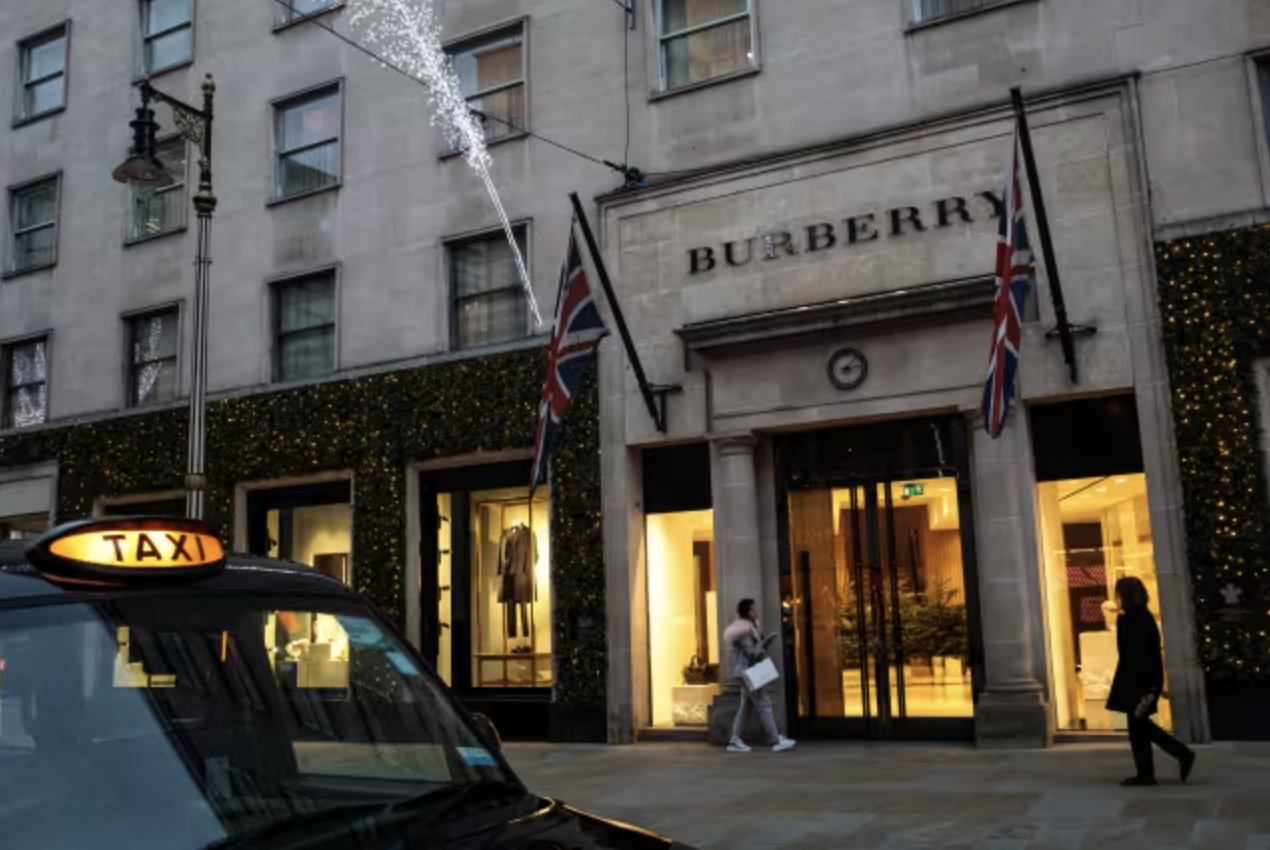1 In 4 Australians Don’t Have Enough Super Or Assets To Retire
A comfortable retirement in Australia costs $70,806 per annum for couples and $50,207 for singles
Almost one in four Australians say they do not have enough superannuation or other investments to get by in retirement, according to a survey by Finder. When extrapolated to a population level, this indicates that 4.6 million people are facing up to a financially difficult future.
A further 27% said they were not sure if they would have enough in superannuation to retire. Just 17% said they were confident they would have enough wealth for retirement, while a further 22% said they would have enough in super but would cut back on spending.
One in 10 said their superannuation balance was too low but they had other investments that would provide enough income or capital to fund their retirement.
“Superannuation is something many Australians, including the younger demographic, don’t engage in enough,” said Sarah Megginson, Finder’s money expert. “It can be a sad case of ‘too little too late’ for many who realise that by the time they reach retirement age, their super balance will fall well short of the amount of money they will need.”
According to the Australian Retirement Standard, a ‘comfortable’ retirement costs $70,806 per annum for couples and $50,207 for singles. A modest lifestyle costs $45,946 and $31,867, respectively. The superannuation balances required for a comfortable retirement are $690,000 for couples and $595,000 for singles by age 67. For a modest lifestyle, both couples and singles need a superannuation balance of $100,000.
Currently, the full pension including supplements is $42,988 per annum for couples and $28,514 for singles. However, income and asset tests apply. A couple with their own home is eligible for the full pension if their combined assets (excluding their home) are worth less than $451,500 and they earn an annual income below $9,360. If they do not own a home, the threshold is $693,500. For a single homeowner, the asset limit is $301,750 and the income limit is $5,304. For single non-homeowners, the asset threshold is $543,750.
Ms Megginson said Australians needed to assess their superannuation carefully. “First, it’s essential to know how much you have in super and to consolidate your funds,” she said. “You pay fees for each fund you have – it’s like having your savings split across three savings accounts and paying account-keeping fees on all of them.”
Ms Megginson suggested workers contribute to their super through salary sacrifice or voluntary lump-sum payments. An earlier Finder survey conducted in June 2022 found 46% of Australians do not make additional contributions to super. In FY23 and FY24, taxpayers are allowed to contribute a total of $27,500 per annum concessionally (meaning less tax) incorporating compulsory super paid by their employers and other payments and benefits.
“For instance, if you salary sacrifice $1,000 over 12 months, you’d pay $150 on that income and $850 will go to super where it will be invested for your future. Otherwise, you’ll pay $325 tax on that money and have $675 in your bank account. Any income earned within your super is capped at a maximum tax rate of 15% per annum. If you currently pay say 32.5% tax, you’re ahead immediately.”
Megginson warned workers to compare their super fund’s fees to other super funds. “Make sure you aren’t stuck in a fund charging exorbitant fees and check regularly that your employer is paying your 11% Superannuation Guarantee contributions on time.”
This stylish family home combines a classic palette and finishes with a flexible floorplan
Just 55 minutes from Sydney, make this your creative getaway located in the majestic Hawkesbury region.
Continued stagflation and cost of living pressures are causing couples to think twice about starting a family, new data has revealed, with long term impacts expected
Australia is in the midst of a ‘baby recession’ with preliminary estimates showing the number of births in 2023 fell by more than four percent to the lowest level since 2006, according to KPMG. The consultancy firm says this reflects the impact of cost-of-living pressures on the feasibility of younger Australians starting a family.
KPMG estimates that 289,100 babies were born in 2023. This compares to 300,684 babies in 2022 and 309,996 in 2021, according to the Australian Bureau of Statistics (ABS). KPMG urban economist Terry Rawnsley said weak economic growth often leads to a reduced number of births. In 2023, ABS data shows gross domestic product (GDP) fell to 1.5 percent. Despite the population growing by 2.5 percent in 2023, GDP on a per capita basis went into negative territory, down one percent over the 12 months.
“Birth rates provide insight into long-term population growth as well as the current confidence of Australian families,” said Mr Rawnsley. “We haven’t seen such a sharp drop in births in Australia since the period of economic stagflation in the 1970s, which coincided with the initial widespread adoption of the contraceptive pill.”
Mr Rawnsley said many Australian couples delayed starting a family while the pandemic played out in 2020. The number of births fell from 305,832 in 2019 to 294,369 in 2020. Then in 2021, strong employment and vast amounts of stimulus money, along with high household savings due to lockdowns, gave couples better financial means to have a baby. This led to a rebound in births.
However, the re-opening of the global economy in 2022 led to soaring inflation. By the start of 2023, the Australian consumer price index (CPI) had risen to its highest level since 1990 at 7.8 percent per annum. By that stage, the Reserve Bank had already commenced an aggressive rate-hiking strategy to fight inflation and had raised the cash rate every month between May and December 2022.
Five more rate hikes during 2023 put further pressure on couples with mortgages and put the brakes on family formation. “This combination of the pandemic and rapid economic changes explains the spike and subsequent sharp decline in birth rates we have observed over the past four years,” Mr Rawnsley said.
The impact of high costs of living on couples’ decision to have a baby is highlighted in births data for the capital cities. KPMG estimates there were 60,860 births in Sydney in 2023, down 8.6 percent from 2019. There were 56,270 births in Melbourne, down 7.3 percent. In Perth, there were 25,020 births, down 6 percent, while in Brisbane there were 30,250 births, down 4.3 percent. Canberra was the only capital city where there was no fall in the number of births in 2023 compared to 2019.
“CPI growth in Canberra has been slightly subdued compared to that in other major cities, and the economic outlook has remained strong,” Mr Rawnsley said. “This means families have not been hurting as much as those in other capital cities, and in turn, we’ve seen a stabilisation of births in the ACT.”
This stylish family home combines a classic palette and finishes with a flexible floorplan
Just 55 minutes from Sydney, make this your creative getaway located in the majestic Hawkesbury region.


















